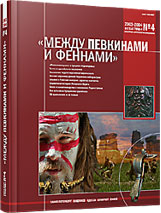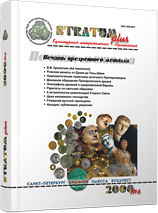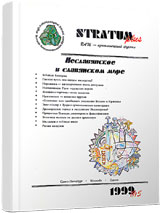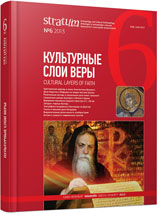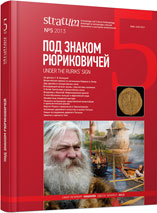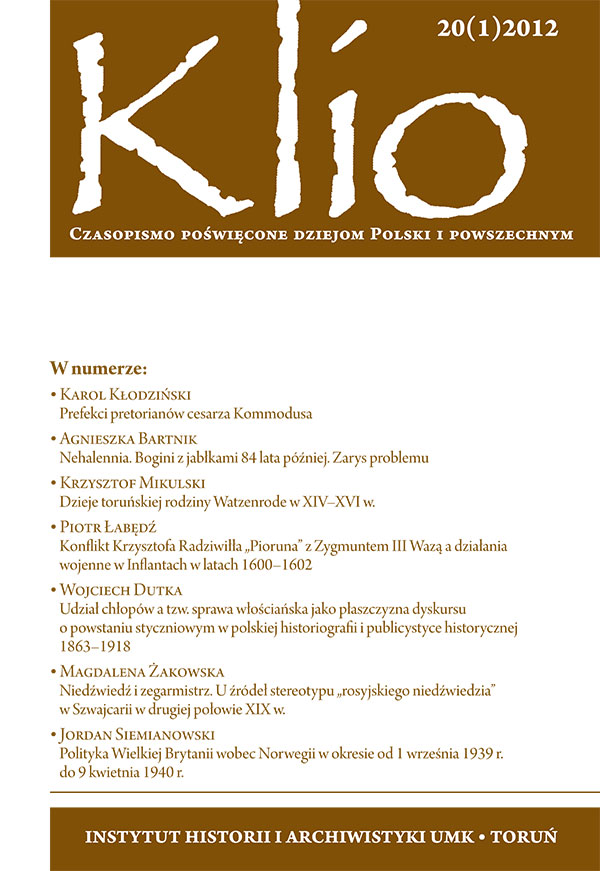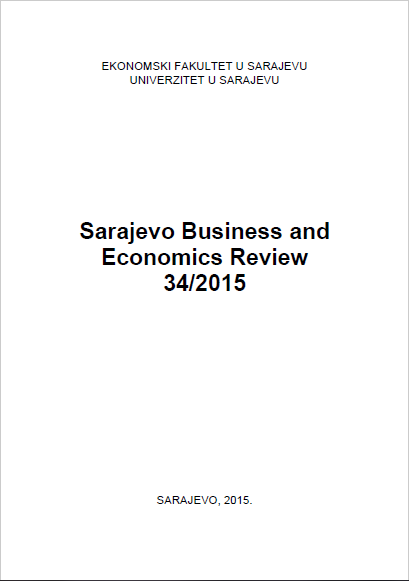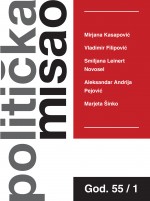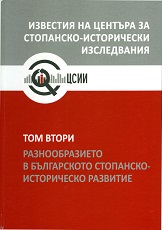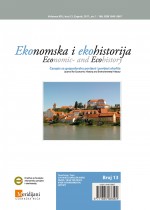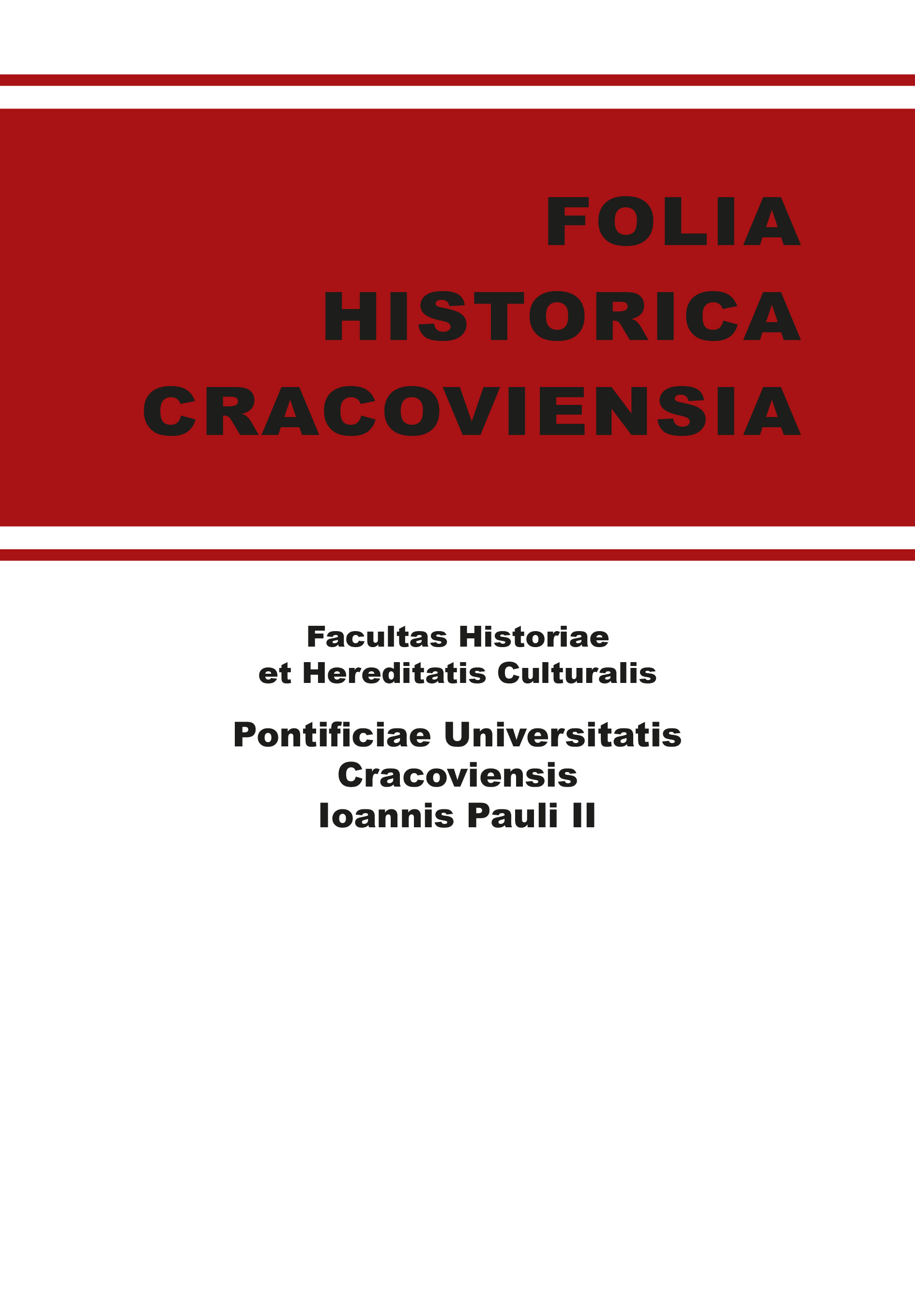
Polityka gospodarcza księcia Bolesława V Wstydliwego wobec biskupstwa i katedry krakowskiej
Niniejszy artykuł jest próbą ukazania przemian, jakie zaszły w Małopolsce w drugiej połowie XIII wieku. Był to okres bardzo dynamicznych przemian zarówno gospodarczych, jak też społecznych. Książę krakowsko-sandomierski Bolesław Wstydliwy zdawał sobie sprawę zarówno z konieczności zmian, jak też z możliwości, jakie ze sobą niosły. Znamienny był tu przykład płynący z krajów ościennych – szczególnie z księstw śląskich, Czech i Węgier, gdzie motorem owych przemian była kolonizacja na prawie niemieckim. Władca Krakowa, zdając sobie sprawę z potęgi gospodarczej biskupa i kapituły krakowskiej, starał się wciągnąć obie te instytucje w rytm przemian. Dzięki wsparciu Kościoła krakowskiego udało mu się zmodernizować i przyspieszyć przemiany zachodzące w księstwie krakowsko-sandomierskim. Współpraca pozwoliła wzmocnić się zarówno biskupowi i kapitule – poprzez uzyskanie rozległych przywilejów i rozwój gospodarczy swoich majątków, jak też wdrożyć nowe wzorce zagospodarowywania dóbr. Dzięki wzorowej współpracy na linii Kościół krakowski–monarcha udało się także uniknąć długich i często bardzo kosztownych sporów, jakie można było zaobserwować w księstwach ościennych. Niewątpliwie rządy wewnętrzne księcia Bolesława Wstydliwego i jego polityka oparta na porozumieniu z Kościołem krakowskim oraz wciągnięciu go w mechanizmy przemian gospodarczych pozwoliły na szybki rozwój jego władztwa – zarówno na płaszczyźnie handlowej, gospodarczej, jak i urbanizacyjnej oraz społecznej. This article is an attempt to demonstrate the transformations which took place in Lesser Poland in the late 13th century. The Krakow–Sandomierz Prince Boleslaw the Chaste knew very well that changes were both necessary and instrumental in creating new opportunities. The Prince tried to get the Krakow bishopric and the Krakow capitule involved in the rhythm of these transformations. Thanks to the support of the Krakow Church, he managed to modernise and accelerate changes in all of the Krakow-Sandomierz Principality. Mutual collaboration allowed the strengthening of both the bishopric and the capitule through via the acquisition of extensive privileges and the economic development of their estates. It also enabled the application of new models of goods distribution. Thanks to the model collaboration between the Krakow Church and the monarch, long-term and oftentimes costly conflicts, similar to ones observed in neighboring principalities, could be avoided.
More...
